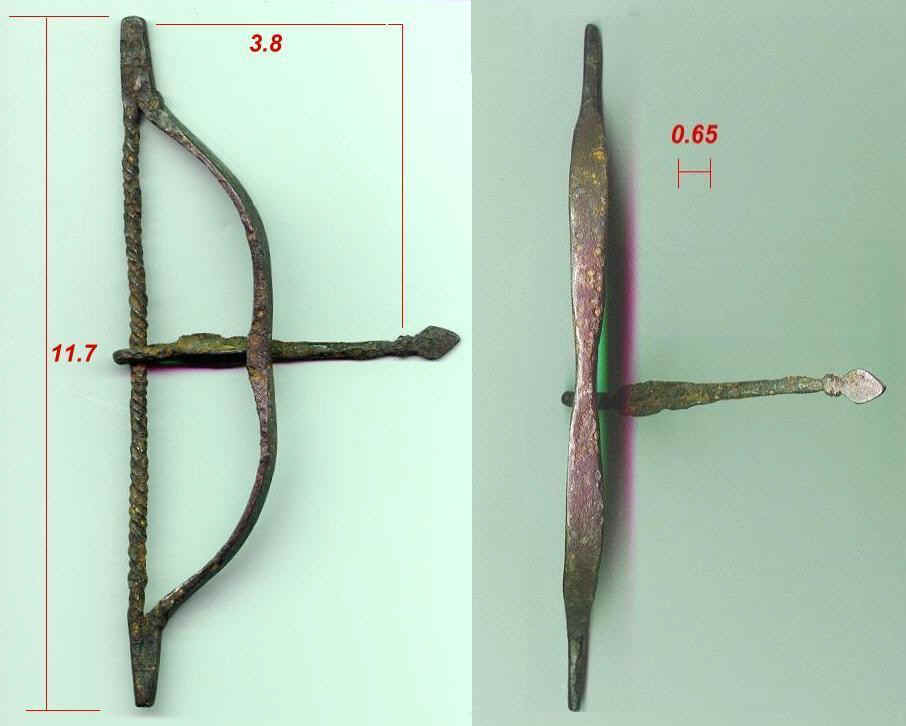Asian Traditional Archery Research Network (ATARN)
A1, Cloudridge,
30, Plunkett’s Road,
The Peak, Hong Kong.
Tel: (852) 2895-4488
Fax: (852) 2808-2887
email: srselby@atarn.org
April 29, 2001
Dear All,
|

|
Well, I got back safely from my
adventures in Chengdu and Peking. I succeeded in all my (quite modest) targets.
I managed to get round the most important historical monuments and museums in
Chengdu, interviewed the old Lady from Chang Xing Bowyers and then went on
to Peking for a meeting, as well as popping in on Ju Yuan Hao and visiting the
flea-markets.
|
Ms. Wu of the old Chang Xing bow
shop greatly appreciates all the interest in her family tradition. She spoke
long and lucidly about her experiences, despite her advanced age. I need some
time to sort out my notes, so you are not going to get a detailed account in
this letter. But I shall get onto it soon.
Ju Yuan Hao
also sends his
greetings to ATARN Members. The son of the family, a man in his forties, has now
firmly taken up the task of learning bow-making from his father.
'I am really trying to get into
this,' he told me. 'I realize the weight of responsibility
upon me. I feel rather like a monk who has taken vows. I am up at the flea
market at five o' clock on Saturday mornings to see if there are any old broken
bows about. When I can get them, I take them apart to learn how the old masters
worked and then put them back together again.' (He has put a handful of old bows
back into shootable condition, although some of the draw-weights are extremely
heavy.)
'You probably don't realize what a
challenge this is for me. In the old firm, there were a number of people
involved and we outsourced a lot of activities. In the workshop in my father's
day there were three or four people working on the bows, and then a number of
people working on the decoration. There was a tradition of keeping these
activities separate: the bowyers did not do decoration and the decorators did
not make bows.'
'What's more, most of the
materials came to the workshop pre-worked. We could take the parts of the horn
that we wanted (just the flat, outside curve of each horn) and all the
rest (save some scrap for the tips and string-bridges) went to the comb-makers' guild. For the siyahs, we needed elm wood with a
slight curve to the grain. The woodsmen knew what we needed and we could always
get it. Now all we can get is industrially-cut wood. You're not allowed to go
around Peking cutting up trees any more.'
'Now I and my father are having to
face the whole task of sourcing and selecting materials, as well as doing all
the bow-making together with the decoration. That's a completely different
situation from what happened in the past.'
'Another problem is that Father
can't pull a bow any more, and his hearing is going. A maker of horn and sinew
bows has to be able to hear the bow as it is pulled. Imminent failure carries
warning sounds, and you can detect defects by tapping the limbs. But father
can't tell me what to listen out for any more, so we sometimes have some dangerous
catastrophes.
I'm learning to pull a bow now: I can already manage fifty pounds.'
In a Peking antique market, I had
an exciting find: a little iron model bow and arrow.

Liao model bow. Arrow shaft in front of the string: 3.8 cm.
Height: 11.7 cm. Max width of limbs: 0.65 cm.
This seems to be a Liao (Khitan)
burial item dating from around 12th Century. The Khitans were the political
predecessors of the Mongols whose name gave rise to the word 'Cathay'. This
little bow was once gilded and a lot of attention seems to have been given to
detail. The grip and the relative thickness of the limbs look convincing, as
does the twisted rawhide (or gut) string. The arrowhead is typical of the Liao
iron arrowheads I find in Peking. In the model, the arrow nock is a ring which
fixes the arrow so that it can swing on the string. The arrow is
triple-fletched. Ju Yuan Hao will make a full-size replica.
I have been thinking about a project
to catalogue Asian arrowheads. To me this is an important task: in a recent
letter, the Dean of History of the Chinese Academy of Social Sciences (Prof. Li
Xueqin, a bronze expert) agreed that such a project would be significant. In my
view, arrowheads were probably an important trade item in the bronze age as they
were small and portable, but with a continuous demand. I speculate that even in
the second millennium BCE there could have been a widespread distribution of
arrowheads between China/Central Asia/ Europe and the Indian sub-continent. I
would like to seek sponsorship of about US$6,500 to launch a two-year initiative
in China and one other centre to study existing archeological reports (such as
those published in 'Kao Gu' and 'Wen Wu'.) We would also need access to major
collections in museums for which archeological excavation data exists.
I have set up a sample
page and specification
for the project. Please would you put your recommendations on improving the
catalogue specifications up onto the ATARN
discussion forum? If you have Asian arrowheads in your own collections,
please would you submit data records of them to me. (Save the .html file for the
project specification onto your local drive. Substitute your own data and image,
and email it back to me.)
|
Yours faithfully,
(Signed)
(Stephen Selby) |
